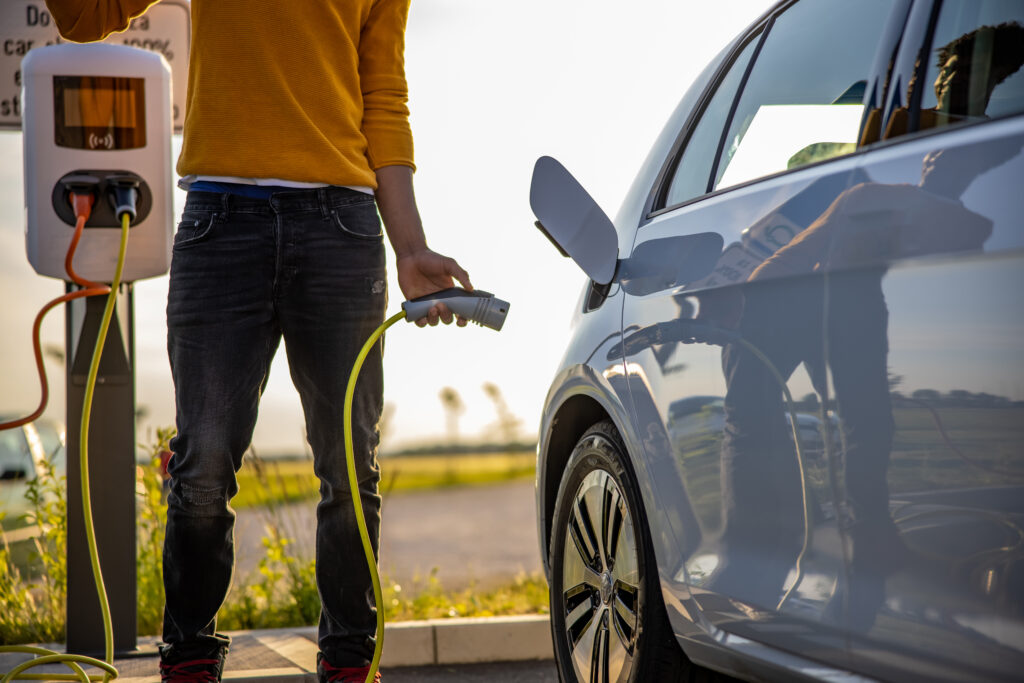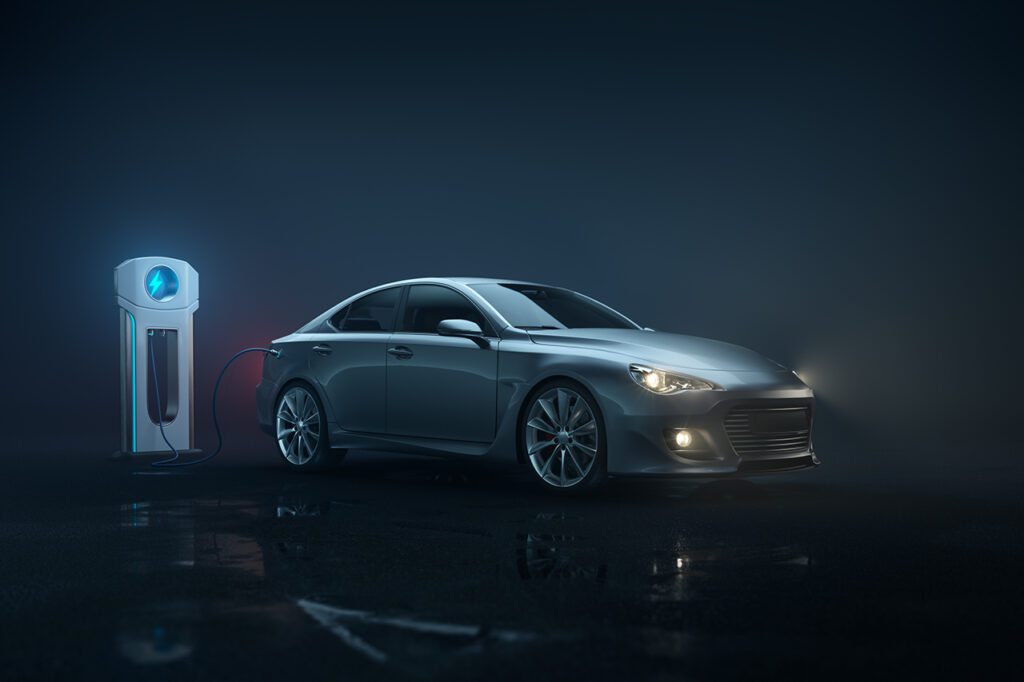
While it competes in the market with the Porsche Cayenne or Maserati Levante, the XM is a plug-in hybrid that is available with one transmission and engine choice and comes in only one trim level. (Other BMW M models — the X3, X4, X5 and X6 — have various performance levels to choose from.) The XM comes with a twin turbocharged plug-in hybrid drivetrain that develops an impressive 644 hp and 590 pound-feet of torque, powering all four wheels through an 8-speed transmission. It’s powerful and sporty, but if you have a desire for more, you can wait until 2024, when BMW introduces a Label Red edition. That model will use the twin-turbo V-8 engine, combined with a high-performance electric motor, that develops a ridiculous 738 hp and 738 pound-feet of torque, sprinting from 0 to 60 mph in just 3.7 seconds.
This is a big, powerful vehicle, weighing just over 3 tons, with good overall handling, powerful brakes and little body roll on turns. The ride is firm, perhaps too firm for less-than-perfect Northeast roads. (I felt every pothole and crack in the asphalt.) The engine has a tunable exhaust that goes from fairly quiet to raucous and even in EV Mode can produce a V-8 engine sound in the cabin. Two push buttons on the steering wheel allow the driver to preset driving modes. For example, one can be set for eco-driving, with a soft ride and lighter steering, and the other can be set to loud exhaust, sport performance and minimum traction control. Since this is a plug-in hybrid, there is a full-electric mode; BMW claims about 30 miles of EV range. You’ll need a full night to charge using a standard house current, and about four hours to fully charge with a Level II 240-volt charger.
The cabin is interesting but slightly odd. The roof has a recessed panel with lights around the edge, slightly reminiscent of a fancy limousine. The rear seating area is referred to as a lounge area, where the seat backs cradle the passengers, and the charging cable fits into an interior matching leather satchel. My biggest complaint is with the infotainment control system; overall, I found it too difficult to use safely. Having to use a combination of voice command, and BMW’s iDrive and touch screen causes confusion. For example, adjusting the climate control to anything other than “automatic” requires you to access a menu with a dizzying array of options. It took too many steps to get the fan up to speed when a simple knob would do. Although the voice command system works quite well, a few easy-to-use knobs and buttons would be nice.
There are plenty of cup holders, cubbies and a large center console, but the glove compartment which had a large door was rather small. The rear cargo area is fairly large with 64 cubic feet with the rear seats folded. The front-row seats have many adjustable positions, including side bolsters and a massage feature. Once the seat was adjusted, I found it comfortable and supportive, although my wife never found a suitable position. The shifter was frustrating. Although it looked like a conventional floor shifter, it toggled from Park to Reverse to Drive to manual shift mode. I found myself struggling on several occasions after I backed out of a parking spot to shift the vehicle into Drive. I’m sure it would become familiar over time, but a basic function like shifting should not require a learning curve.
The BMW XM is not a vehicle for everyone. It is big and powerful … and expensive. With a base price of $160,000, it’s likely to be of interest to only a few in the market looking for a hybrid, sporty SUV.
AAA’s Recommendation: Whether you own an electric vehicle or a gas-powered car is up to you – and you should consider lots of factors in making that choice. No matter what type of vehicle you’re choosing, we recommend visiting a dealership, test driving one, and asking as many questions as possible to make an informed decision.

















